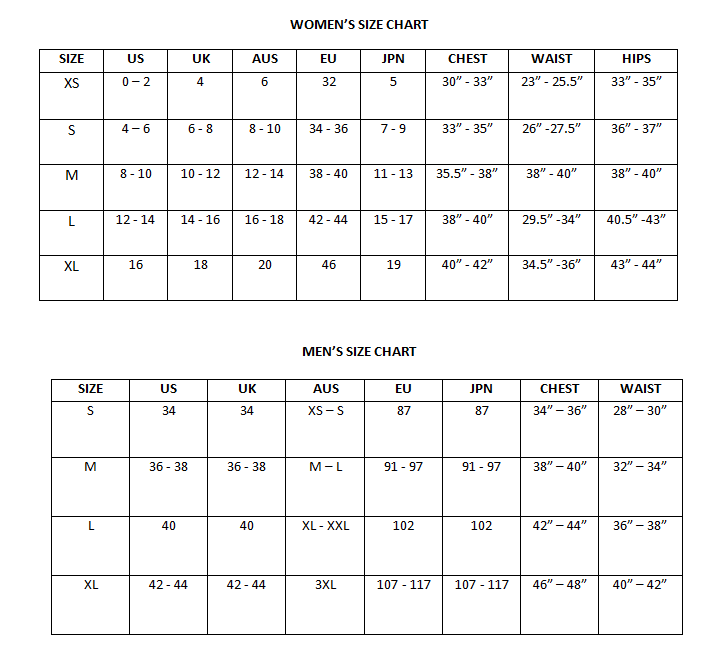Nepenthes Albomarginata Seeds (Lowland Nepenthes Seeds)
Nepenthes Albomarginata Seeds (Lowland Nepenthes Seeds)
The red pitchers can be up to 15 cm high, and their texture is velvet-like due to very short hairs.

Delivery
All orders shipped with UPS Express.
Always free shipping for orders over US $250.
All orders are shipped with a UPS tracking number.
Returns
Items returned within 14 days of their original shipment date in same as new condition will be eligible for a full refund or store credit.
Refunds will be charged back to the original form of payment used for purchase.
Customer is responsible for shipping charges when making returns and shipping/handling fees of original purchase is non-refundable.
All sale items are final purchases.
Help
Give us a shout if you have any other questions and/or concerns.
Email: contact@domain.com
Phone: +1 (23) 456 789
Availability: Out of stock
SKU
Nepenthes Albomarginata
Nepenthes Albomarginata, from the Latin: albus = white, marginatus = margin, or the White-Collared Pitcher-Plant, is a pitcher plant of the genus Nepenthes , also known as N.Tomentella Miq or Penang, is a fairly wide spread native of Sumatra and Borneo, as well as the Penang region of the Peninsular Malaysia.
These are interesting, frost-tender, insectivorous perennials that are mostly epiphytic, and with some of the leaves forming a dangling, lidded, colored pitcher to trap and digest insects. Typical for Nepenthes Albomarginata is the white collar of velvety hairs directly beneath the peristome. The red pitchers can be up to 15 cm high, and their texture is velvet-like due to very short hairs.
N. Albomarginata has a unique morphological feature: a rim of living white trichomes directly below the peristome. The rim's hairs tend to be missing from pitchers that have caught termites. Researchers say "For several days, nothing would happen, then, after a single night, the pitchers would fill with termites and their rim hairs would disappear."
They investigated this phenomenon by placing fresh intact pitchers, together with pitchers with their white rims removed, near to the head of foraging columns of the termite Hospitalitermes bicolor. When the column found the pitcher, termites grazed on the rim. While grazing, many termites (both workers and soldiers) fell into the pitchers. Once in the pitcher, they were unable to climb out. They counted up to 22 individuals per minute falling into the pitchers and noted that the capture rate could easily exceed this for denser columns. After about an hour, the hairs were all gone and the pitcher was evidently no longer attractive to termites (and was filled with termites trying to escape).
It is not known how the trichomes lure termites to the plant. They detected no long-range olfactory attraction during his experiments and noted that "all contacts seemed to happen by chance, with termites often missing pitchers less than 1 cm away from them." They also point out that N. Albomarginata is the only plant species to offer its tissue as bait.
Hardiness zones:
11(4c/40f) The plants can be found in Kerangas (heath) forests on poor, sandy soil, in summit vegetation of lower mountains or in open areas with peat, limestone or sand soil, from sea level up to 1000 m. They are easy to grow but rarely found growing together with other Nepenthes species. Nepenthes should be misted regularly in order to simulate the humidity of their natural habitat.
| Common name | White-Collared Pitcher-Plant |
|---|---|
| Family | Nepenthaceae |
| Genus | Nepenthes |
| Species | Nepenthes Albomarginata |
| Germination | Nepenthes seeds should be started on chopped live sphagnum moss in very damp but not wet conditions. If the sphagnum starts to overgrow the seeds, pinch it back with a forceps. Sow the N. Albomarginata seeds, on the surface, very sparingly. It is best to spray the sown seed with a fungicide to help keep the seeds from molding. Cover the pots or place them in plastic bags in warm, 32øC (90øF) plus temperatures. They should be in light shade or under fluorescent lights. Germination can take from 4 weeks to almost a year. Most seedling Nepenthes are lost soon after germination. For the best survival rate, transplant the seedlings on the week of germination. If transplanted with care and spaced about 1 to 2 cm apart in live sphagnum, fungus and desiccation problems are greatly reduced. Transplant the seedlings as they just begin to overgrow each other or their pots. Short day periods and cool temperatures are the most dangerous for the plants. Try to keep them warm and humid but not stagnant and wet. Watering and misting should be performed frequently, and preferably with distilled water, to avoid mineral build-up that is not only unsightly but that may damage the delicate roots of Nepenthes (and most other carnivorous plants). Standing water is inadvisable. A wet, well-draining potting medium is a necessity. Methods of feeding are varied - some growers feed freeze-dried bloodworms or Koi pellets (both available in the fish section of most pet stores); others prefer orchid mixes. No carnivorous plant should ever be fed mammalian meat - this will result not only in an unpleasant smell but also the probable rotting of the pitcher and potential death of the plant. The digestive enzymes present have not evolved to handle large prey items, and the rotting material gives opportunistic bacteria and fungi a chance to take hold. Germination can take longer. Be patient! |
| Price View | Price Range |

